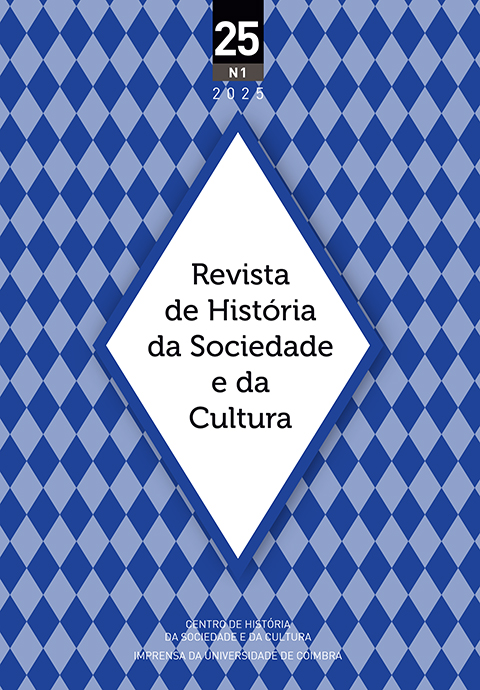Approaches to Byzantine Heritage of Istanbul in Early Republican Turkish Newspapers
DOI:
https://doi.org/10.14195/1645-2259_25-1_5Palavras-chave:
Early Republican Turkish Archaeology, Hagia Sophia, Great Palace, Istanbul, ChoraResumo
After the pronunciation of the newly founded Turkish Republic in 1923, the capital was moved from Istanbul to Ankara. Value attributions toward Istanbul, a strong symbol for the Ottoman Empire as its former capital, has changed during this period, along with the redefinition of a Turkish identity and a new Turkish state. Investments were directed to the new capital and to other designated centers of industrial development. Istanbul, on the other hand, was deliberately redefined as “the historic city”, and this became vivid through the promotion of selected Byzantine landmarks and archaeological sites. The meanings held by this architectural heritage were re-narrated and secularized, disregarding attributions to both of the former empires, medieval Christian and early modern Islamic alike. Newspapers covered an abundance of news on the Byzantine architectural and archaeological heritage of the city, hinting the new state policies towards them with the intent of creating a new image for Istanbul. Covered news included archaeological surveys, visits of scientists, opinions of prominent figures on the evaluation of this heritage, and repair works done on Byzantine monuments, including detailed reports of resurfacing Byzantine mosaics. The refunctioning of Hagia Sophia as a museum in 1935, its transformation and preliminary archaeological surveys before and during the rearrangement have capaciously found their reflection in the newspapers, appearing almost daily. This paper aims to portray the coverage of Byzantine heritage related news in the newspapers of early republican Turkey, and explain how this portrayal served to create a public opinion compatible with the state policies of the period.
Downloads
##submission.downloads##
Publicado
Edição
Secção
Licença
Direitos de Autor (c) 2025 Revista de História da Sociedade e da Cultura

Este trabalho encontra-se publicado com a Licença Internacional Creative Commons Atribuição 4.0.
Los autores conservan los derechos de autor y conceden a la revista el derecho de primera publicación, estando el trabajo simultáneamente bajo la Licencia de Atribución de Creative Commons que permite compartir el trabajo con el reconocimiento de la autoría y la publicación inicial en esta revista.











